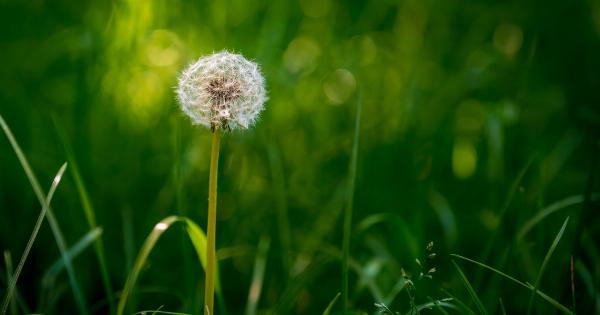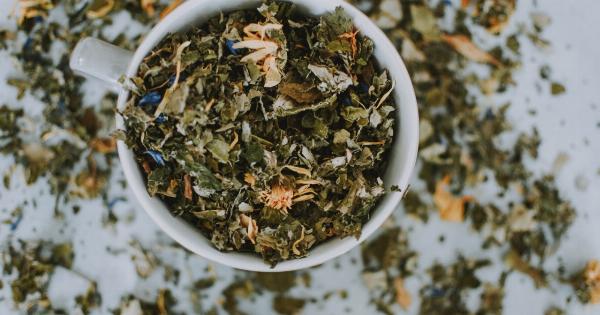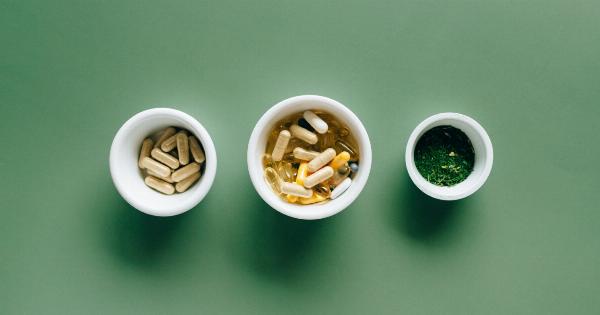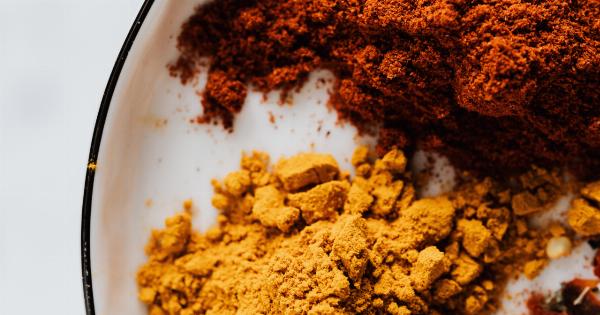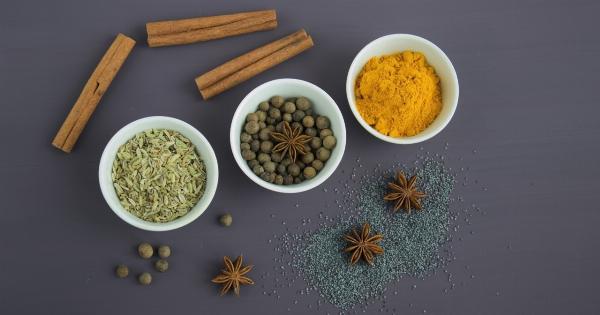Weeds are typically thought of as pesky plants that invade gardens and lawns, but did you know that many weeds can actually be incredibly beneficial for your health? From helping to detoxify your body to reducing inflammation, weeds offer a variety of health benefits for those who are willing to explore their medicinal potential. In this article, we will take a closer look at some of the top health benefits of weeds and how they can be incorporated into your diet or skincare routine.
1. Dandelion
Dandelion is one of the most well-known medicinal weeds, and for good reason. This plant has been used for centuries to treat a variety of health issues, including liver problems, digestive issues, and skin conditions.
Dandelion is a diuretic, meaning it helps to flush excess fluid from the body, making it a great choice for those who suffer from bloating or water retention. In addition, dandelion has anti-inflammatory properties that can help to alleviate joint pain and reduce inflammation throughout the body. Dandelion leaves can be eaten raw in salads, or brewed into tea to enjoy its health benefits.
2. Stinging Nettle
Despite its name, stinging nettle is a surprisingly nutritious and beneficial plant. Nettle leaves are packed with vitamins, minerals, and antioxidants that can help to boost energy levels and support overall wellness.
Additionally, stinging nettle has been shown to reduce inflammation and alleviate hay fever symptoms. Nettle tea is a popular way to enjoy the health benefits of this plant, or nettle leaves can be cooked as a nutritious vegetable.
3. Chickweed
Chickweed is a common weed that is found throughout the world and has been used for medicinal purposes for centuries.
This plant has a wide range of health benefits, including its ability to soothe inflammation, reduce pain, and promote faster wound healing. Chickweed can also be used to support digestive health and treat respiratory issues. This plant can be added to salads, brewed into tea, or applied topically as a poultice to enjoy its medicinal properties.
4. Purslane
Purslane is a common weed that is often found in gardens and lawns. Despite its reputation as a nuisance plant, purslane is actually incredibly nutritious and beneficial for your health.
The leaves of this plant are high in omega-3 fatty acids, antioxidants, and vitamins A and C. Purslane has been shown to reduce inflammation, lower blood pressure, and improve heart health. This plant can be added to salads or cooked as a nutritious vegetable.
5. Burdock
Burdock is a healing plant that has been used for centuries to treat a range of health issues. The root of this plant is particularly beneficial, as it has been shown to support liver and kidney health, aid in digestion, and alleviate skin conditions.
Burdock root can be consumed as a tea or broth, or added to soups and stews for a boost of nutrition and flavor.
6. Cleavers
Cleavers, also known as stickyweed, is a weed that has been used for centuries in traditional medicine. This plant is particularly beneficial for detoxifying the body and supporting lymphatic function.
Additionally, cleavers has anti-inflammatory properties that make it an effective treatment for skin conditions like eczema and psoriasis. Cleavers can be brewed into tea or applied topically as a poultice to enjoy its health benefits.
7. Red Clover
Red clover is a medicinal plant that has been used for centuries to treat a variety of health issues. This plant contains compounds called isoflavones that have been shown to support hormonal balance, reduce inflammation, and improve heart health.
Additionally, red clover has been used to treat skin conditions like eczema and psoriasis. Red clover can be brewed into tea or added to salads for a boost of nutrition.
8. Plantain
Plantain is a common weed that is found in many parts of the world. This plant is particularly beneficial for treating skin conditions like wounds, bug bites, and rashes.
Plantain leaves can be chewed or brewed into a tea to create a poultice that can be applied topically to relieve pain and inflammation. Additionally, plantain has been used to support respiratory health and alleviate digestive issues.
9. Yarrow
Yarrow is a medicinal plant that has been used for centuries to treat a range of health issues. This plant has anti-inflammatory properties that make it an effective treatment for pain and swelling.
Yarrow has also been shown to improve digestion, support immune function, and alleviate anxiety and stress. Yarrow can be brewed into tea or applied topically as a poultice to enjoy its health benefits.
10. Shepherd’s Purse
Shepherd’s purse is a plant that is commonly found in fields and meadows. This plant has been used for centuries to treat a variety of health issues, including heavy menstrual bleeding, urinary tract infections, and diarrhea.
Shepherd’s purse has also been shown to reduce inflammation and support heart health. This plant can be brewed into tea or consumed as a vegetable to enjoy its nutritional benefits.
Conclusion
Weeds are often overlooked for their nutritional and medicinal benefits, but they can be incredibly valuable for those who are willing to explore their potential.
From reducing inflammation and promoting detoxification to supporting heart and liver health, weeds offer a range of benefits that can help to improve your overall wellness. Whether you choose to add them to your diet or use them topically, there are many ways to incorporate these beneficial plants into your daily routine.

